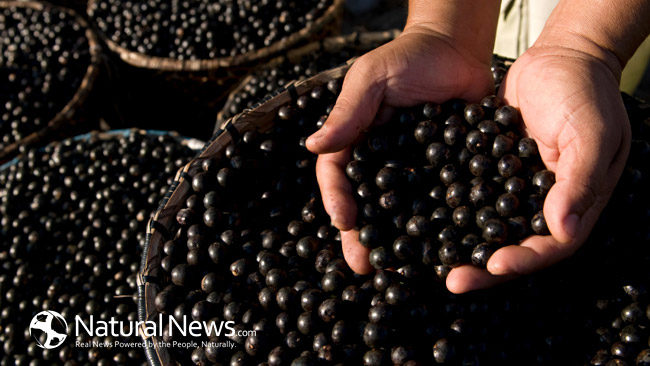Do European elderberry flowers have the ability to naturally modulate the blood sugar levels associated with type 2 diabetes? A growing body of scientific evidence suggests it. The discovery may help the millions of Americans suffering from the disease.
Type 2 diabetes occurs when the body becomes resistant to its own insulin, a hormone vital to the body’s ability to use blood glucose for energy. Without insulin, glucose levels build up in the bloodstream, leading to harmful physical complications. In 2012, a staggering 29.1 million Americans had diabetes. Of those, 95 percent were adults suffering from type 2. If left untreated, type 2 diabetes can result in kidney and other organ failures, amputations, blindness, and even death. In fact, diabetes is the seventh leading cause of death in the U.S.
Diabetes is also expensive: medical costs for people with type 2 diabetes are more than twice as high as medical costs for people without the disease. But a range of factors, including increased rates of obesity in children, indicate that the disease is on the rise. Moreover, the prescription drugs used to increase the body’s sensitivity to insulin can have debilitating side effects. Thus the quest for natural, effective alternatives has taken on increasing importance.
A traditional alternative
In searching for natural ways to help combat type 2 diabetes, medical researchers have looked to European folk medicine, which has long relied on nature’s own pharmacy of flowers, fruits, herbs, and other natural substances to treat disease. Indeed, before the discovery of insulin in the 1920s, diabetes was approached with a combination of diet and natural remedies. And an infusion made from the flower of the European elderberry (Sambucus nigra) has long been used to treat diabetes.
Studies as early as 1989 identified the European elderberry flower as one of a whole range of botanicals that could affect the body’s ability to process glucose. In 2000, a research team compared an infusion of powdered European elderberry flowers with an injection of insulin, and found that the elderberry infusion had similar results. It increased glucose uptake by 70 percent and glucose oxidation (the chemical process by which the body turns glucose into vital energy) by 50 percent, for instance.
Then, in 2010, a study found that a European elderberry flower extract both increased the body’s output of insulin and the body’s sensitivity to that insulin. The findings also suggested that given the clear connection, the European elderberry flower should be further explored as a viable option in tackling blood sugar levels, and a possible addition to the arsenal of prescription drugs used to treat of diabetes.
Elderberry is but one of hundreds of plants that have been used in traditional medicines to treat diabetes, and the immense potential of these natural alternatives prompted the World Health Organization to call for more research to be done. European elderberry in particular, which already has a traditional track record in the treatment of diabetes, may be on the vanguard. Now that it can be processed into standardized preparations, it may soon be a welcome tool to reach for on the pharmacy shelf, a safe, potent, and natural asset in our fight against type 2 diabetes.





